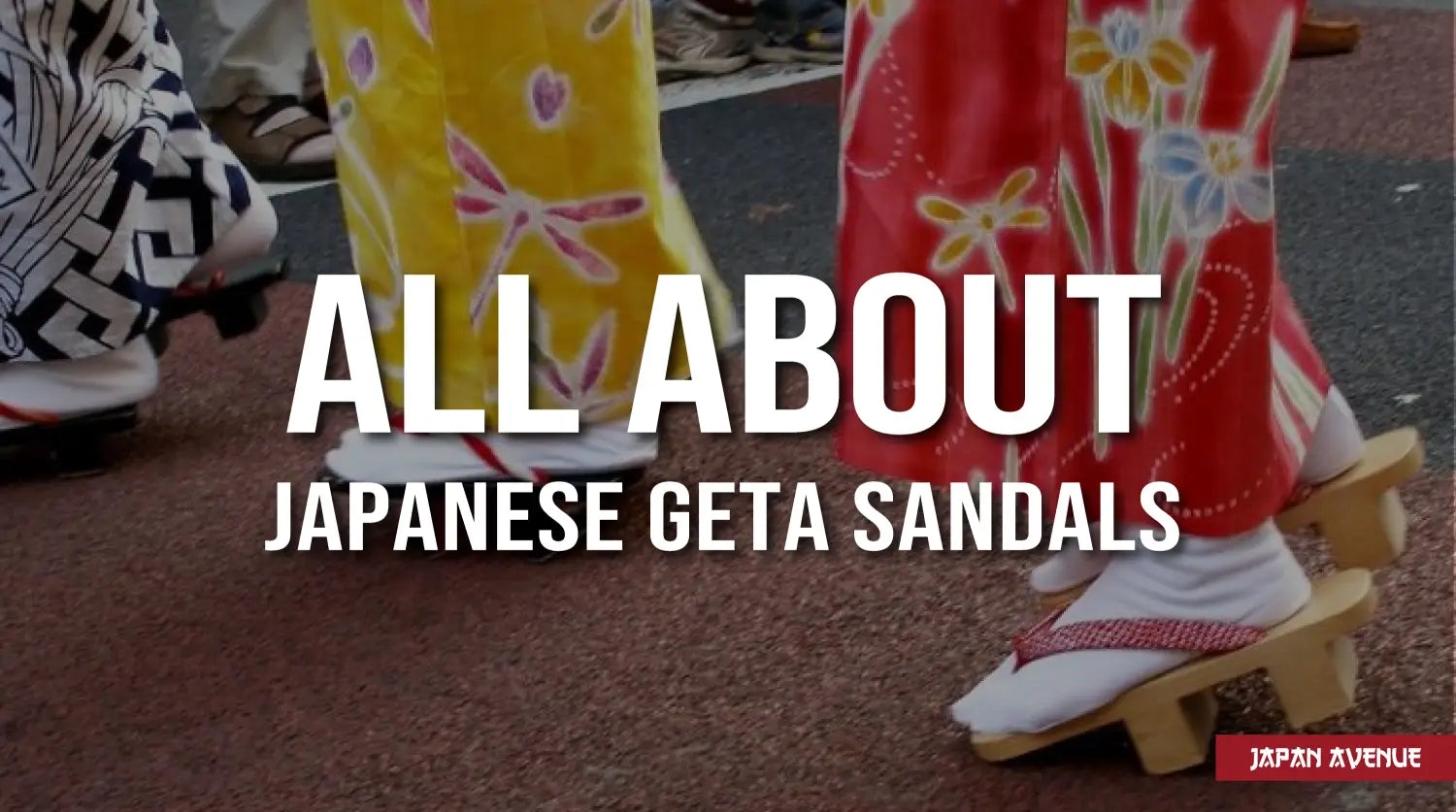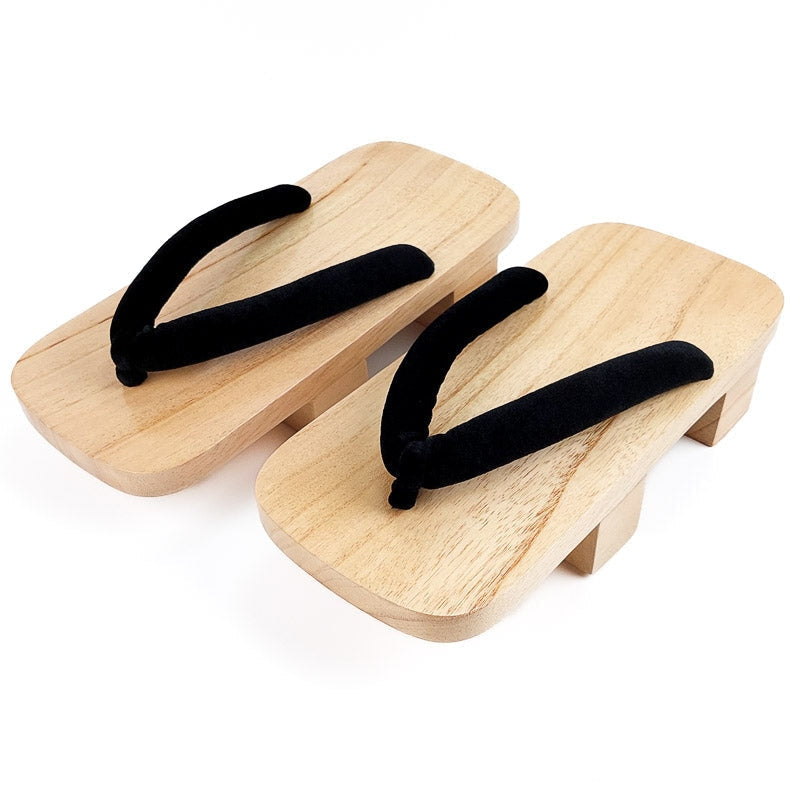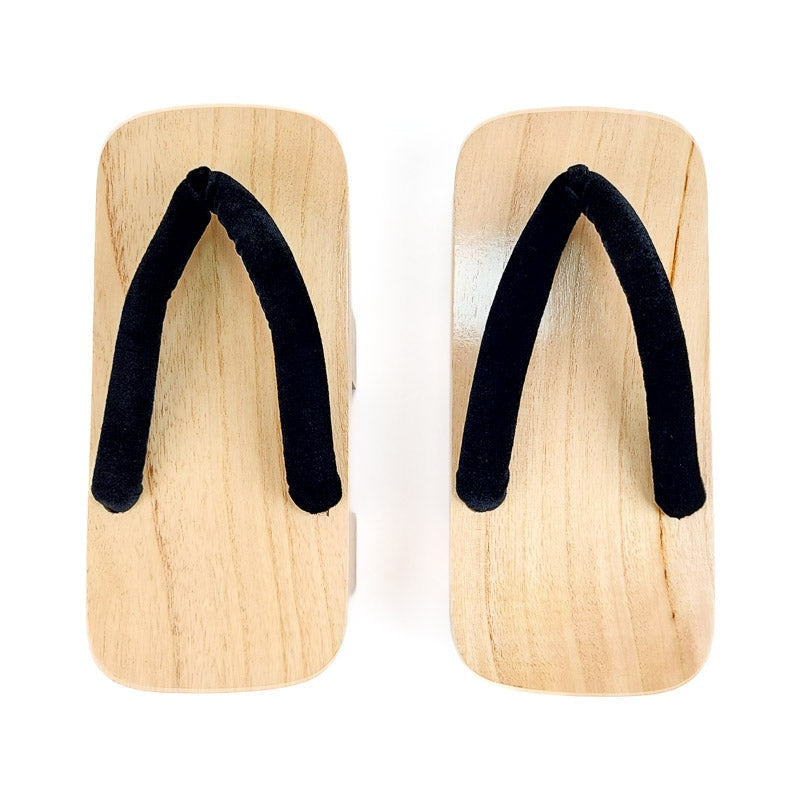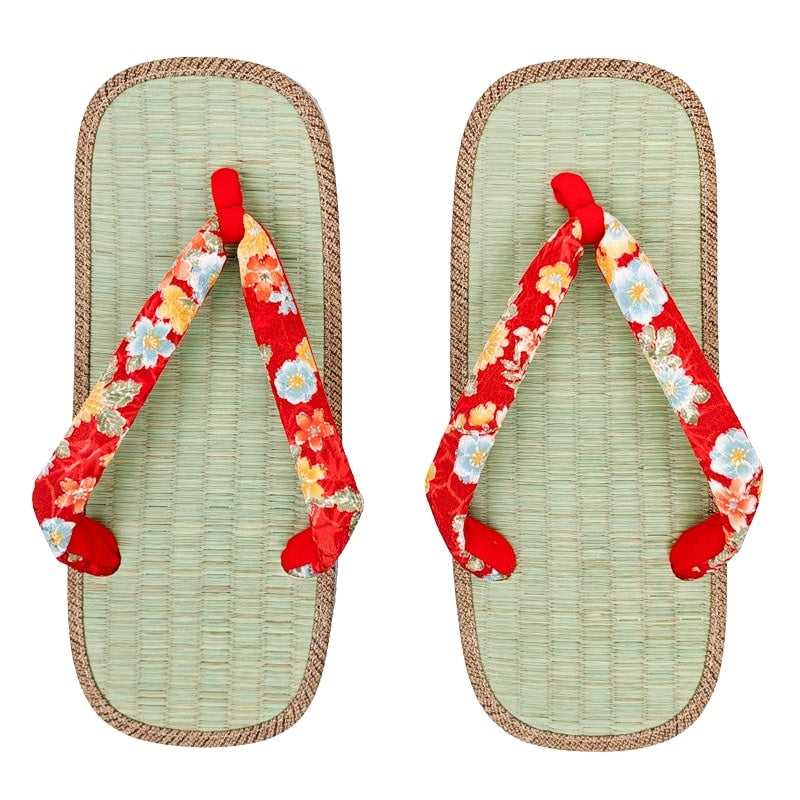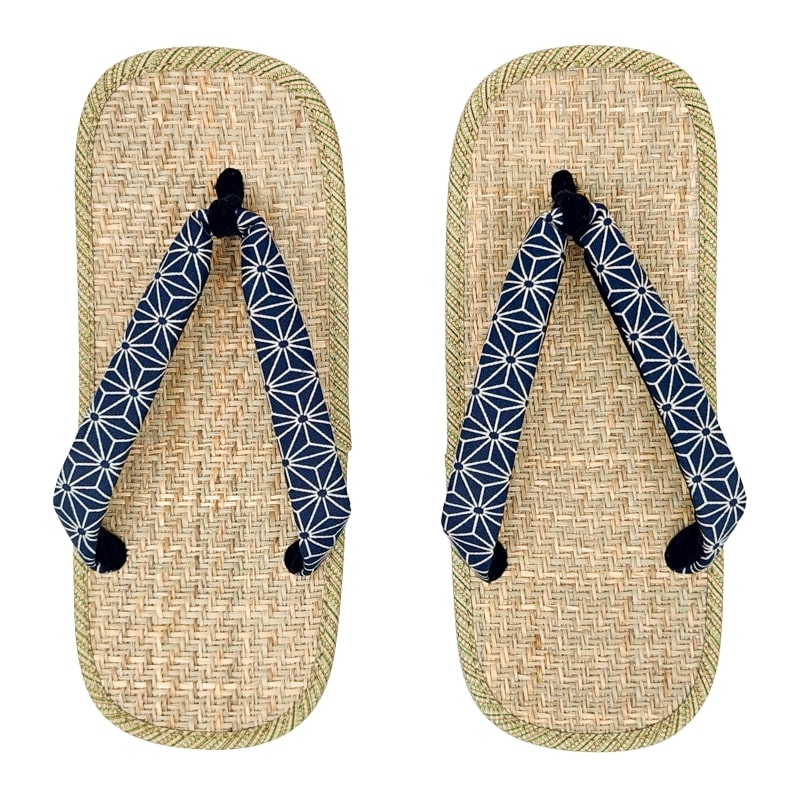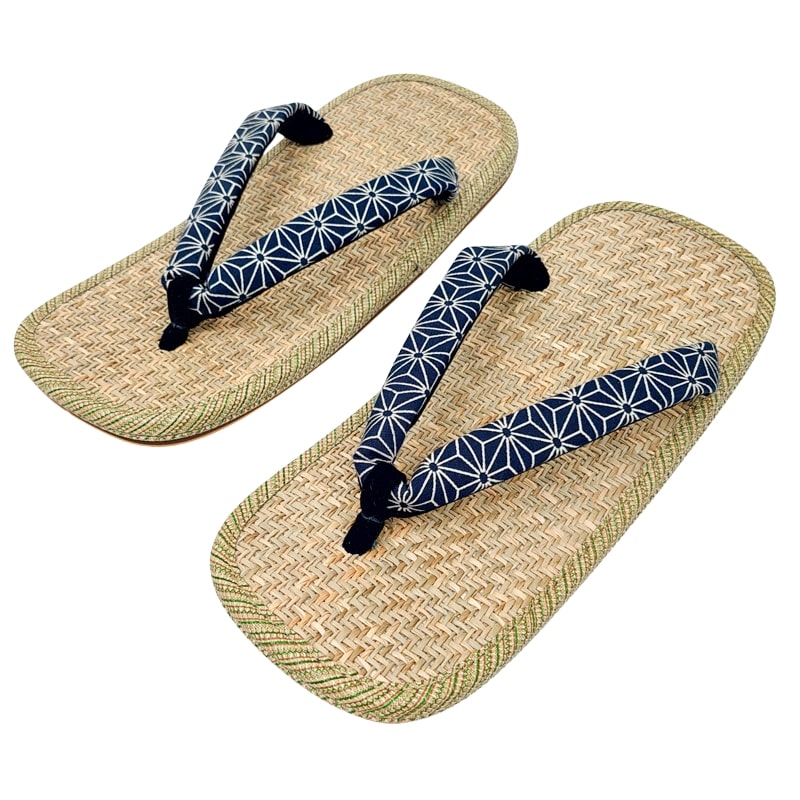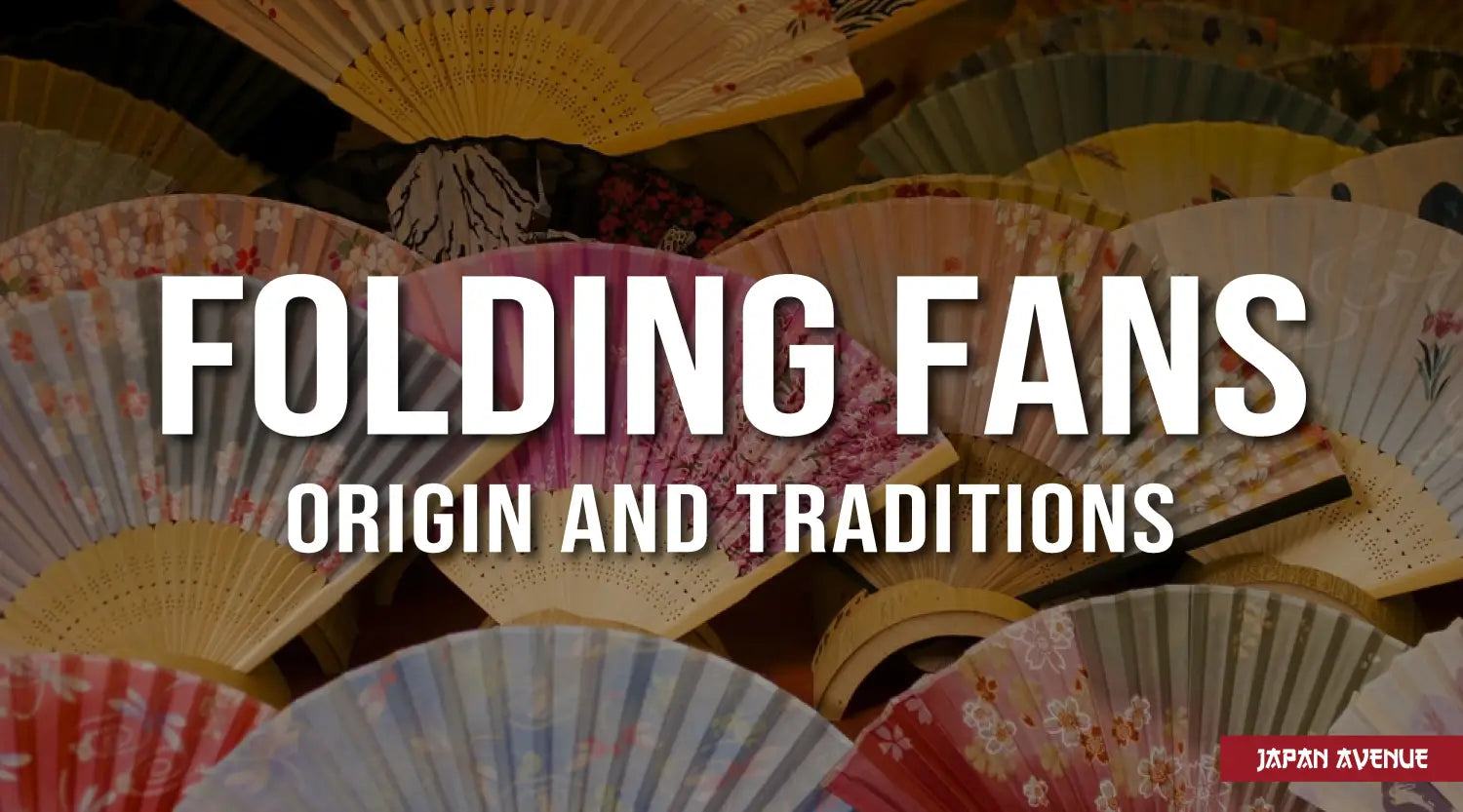Did you know? In Japan, it is usual to take off your shoes in front of the door before entering someone's house. For a long time, this action has been facilitated by wearing open and easy-to-slip-on traditional Japanese geta sandals.
Back then, Japanese geta (下駄) were worn for all kind of occasions and seasons. Nowadays, most Japanese people adopted modern western shoes, and geta are worn on occasions such as festivals or traditional ceremonies.
However, one thing stays the same: with their somewhat flip-flop-like shape, these Japanese shoes remain comfortable! And unlike the plastic beach flip-flops that we are familiar with, geta are very beautiful yet practical.
Time to learn some more about these traditional Japanese sandals and, in turn, adopt a pair for yourself 😉
Geta, traditional Japanese sandals

There exist many kinds of geta depending on the region, the season or the social status.
Geta characteristics
Despite the fact that there are many different types of geta, these Japanese sandals are always made of a wooden sole called dai and a fabric strap called hanao. What differentiates the geta are the teeth, called ha in Japanese. These platforms, located under the sole, are often in pairs, but they can also be single or absent, very high or low.
Although some models may remind us of the 70's platform shoes, the geta were not designed for fashion at first. They are practical, allowing the wearer to be elevated so that their magnificent kimono or other traditional Japanese clothing are not dragged through mud or snow.

Different types of geta
The most common geta are called Hiyori geta and have two teeth of about 5 cm high. These geta are worn by both men and women and make a very characteristic clicking sound on the floor.
For the rainy season, Japanese people usually prefer to wear Ama geta as this model is made of lacquered wood, with higher teeth and a toe cover. In times of snow, the geta features metal plates under the sole to prevent from slipping.
Merchants and sushi chefs traditionally wore very high geta in order to keep some distance between themselves and the garbage that littered the ground. At times these men would wear Tengu geta, sandals with only one long tooth in the middle of the sole.
There also exists special geta made out of a single block of wood with a height of 10 cm: the Okobo geta. This kind of geta is reserved for maiko (geisha apprentices) and sometimes worn by young girls during traditional celebrations. By the way, these sandals are also nicknamed pokkuri or koppori because, if you say these words out loud repeatedly, you will get the peculiar slapping sound they make on the ground.
Lastly, if you notice geta with three very high teeth (about 20 cm), these are Oiran geta. Their name comes from the fact that these sandals were mostly worn by oiran, high class courtesans in the Edo period.

Young geisha (maiko) wearing okobo geta and white tabi socks. Credits: mykyotophoto.com
How to wear Japanese geta?
Known for their ability to improve posture and relieve back pain, geta shoes are highly popular as indoor footwear. To wear them the Japanese way, the heel should extend slightly beyond the back. In all cases, make sure that the fabric strap holds your feet sufficiently: they should not lift off the sole when you walk.
These Japanese sandals can be worn barefoot or with special socks called tabi. Wait, socks with flip-flops?! Yes, it is possible, because tabi have the particularity of separating the big toe from the others to be able to slide the strap of the geta. Long live the toe socks!
Formerly, Japanese socks were fastened at the back with metal clips and had a thicker sole to serve as an indoor shoe. Nowadays, there exist elastic tabi socks to be slipped on like our western socks, with two or five toes and endless prints.
However, to attend an official ceremony, white tabi socks are mandatory when wearing a kimono. Funky prints are reserved for unconventional events, with a yukata in summer for example.
To learn more about these unique Japanese socks, you can read our article about the incredible world of Japanese socks.

Where to buy geta?
Although geta are ancient shoes, they are still an integral part of Japanese culture. Updated over the years, the geta has been slightly westernized to offer a practical model for everyday wear. Some models are equipped with a very comfortable wedge sole rather than teeth.
If you wish to test for yourself the comfort of these wooden sandals, have a look at our Japanese geta sandals collection.
Choosing the right size of Japanese sandals
Japanese people tend to have slightly smaller feet than Westerners, but that is no reason not to succumb to the urge for a pair of Japanese sandals or tabi socks.
Especially since geta are usually worn smaller than the size of the foot, with the heel extending slightly beyond the back. There is a good reason for this, your foot must be well positioned above the wooden teeth fixed under the sole in order not to lose balance.

Japanese men perched on tengu geta, single-tooth sandals. Credits: tokyofashion.com
Geta are casual shoes that keep your feet cool in summer and allow you the perfect posture to relieve back pain. They are designed for comfort and practicality - even if that's not the idea at first glance - and those made in Japan sandals have a special aesthetic that can't be found anywhere else.
Credits cover photo: Tanakawho on flickr.

